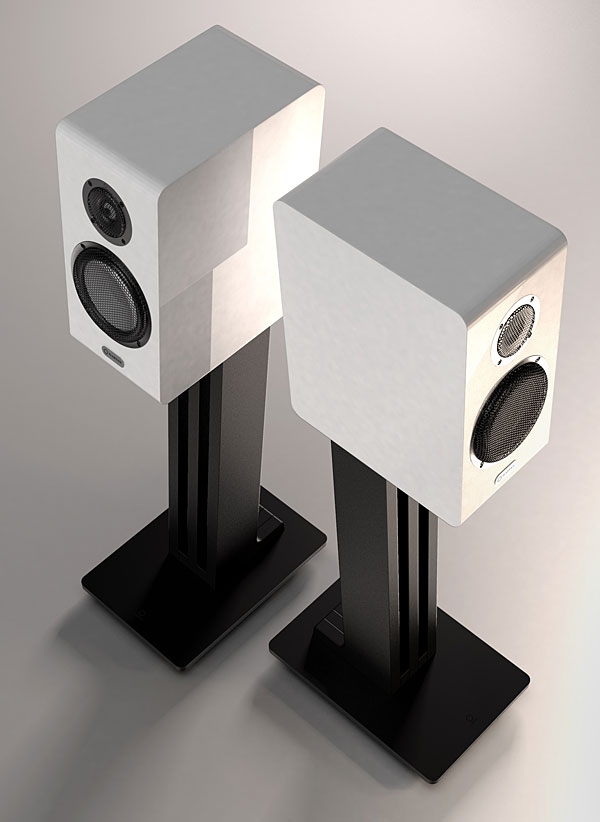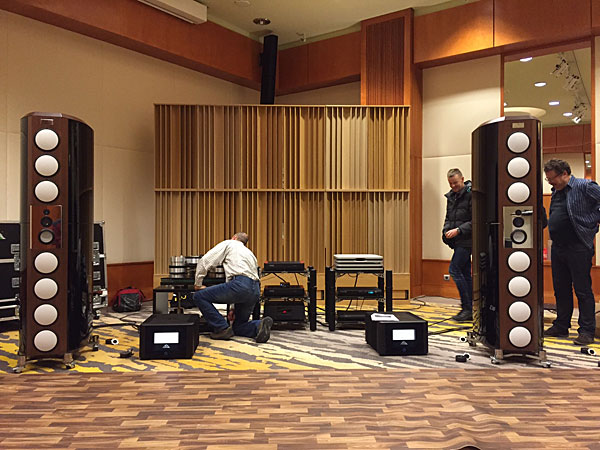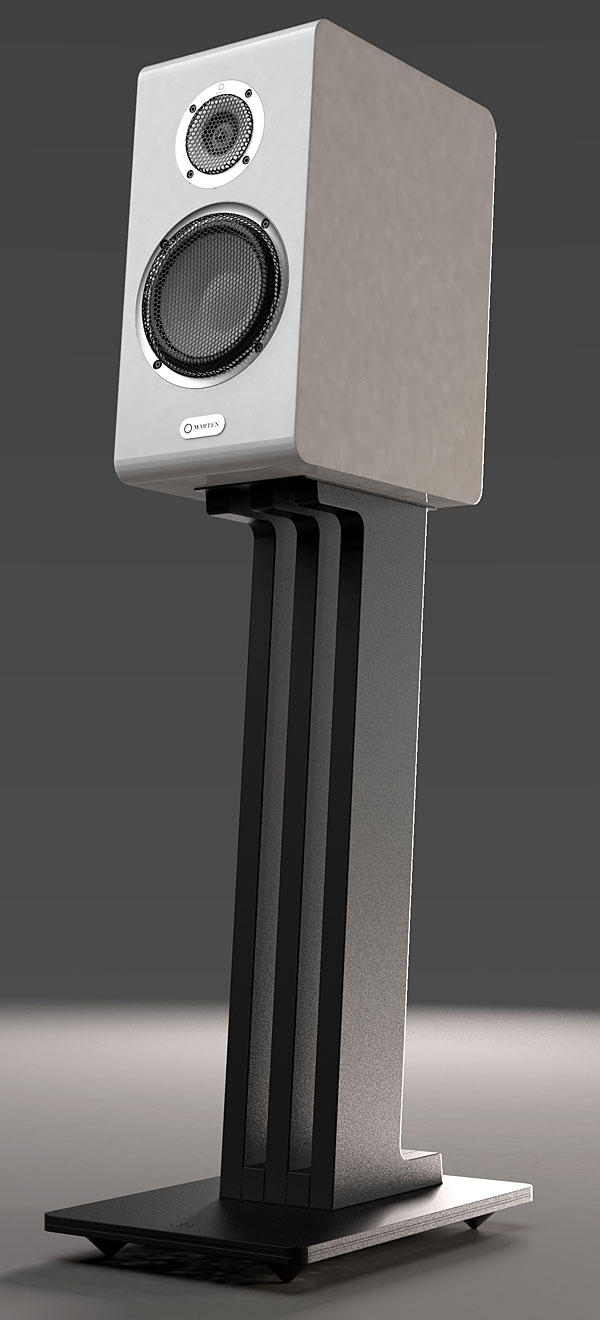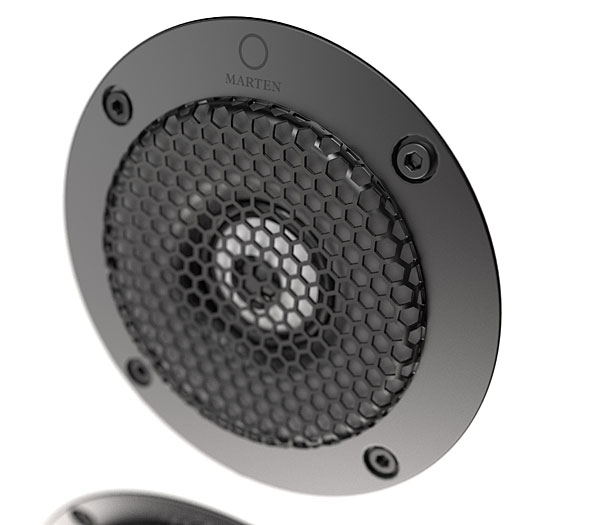| Columns Retired Columns & Blogs |
So, you are the guy who blew up the Coltranes!
I have a trip down memory lane for you:
The last Stereophile Show in NYC, I think it was, and whatever new company Mark Levinson had invented was in a big room with windows demonstrating a big big big black box speaker.....with chrome accents. (It looked like it should have been called "The Nagel.")
I was sitting in the room as you had him play a piece that I was familiar with, but now forget then name of, and I don't think he knew the piece. He cued it up at a rather healthy level and I recall thinking, "Well, this is is certainly going to be something!"
When the huge bass transient hit, it really was something, but something bad. The woofer gave the biggest painful clunk of despair I have ever heard from a woofer and I honestly thought you broke his speakers.
An awkward silence followed. (I can still picture his frown.)
Thanks for prying loose that old memory.
Perhaps 2004?
I think it was the Daniel Hertz M1 speaker?
To bring it all back home, the Daniel Hertz looks a lot (!) like the recently reviewed Göbel High End Divin Marquis.
End of ramble.












































